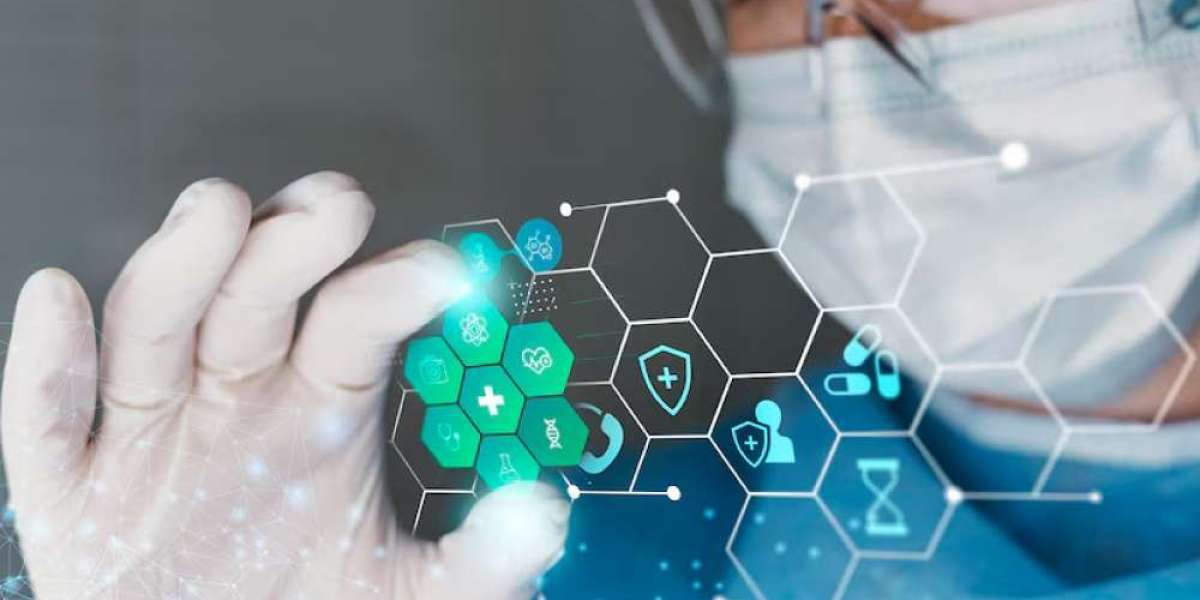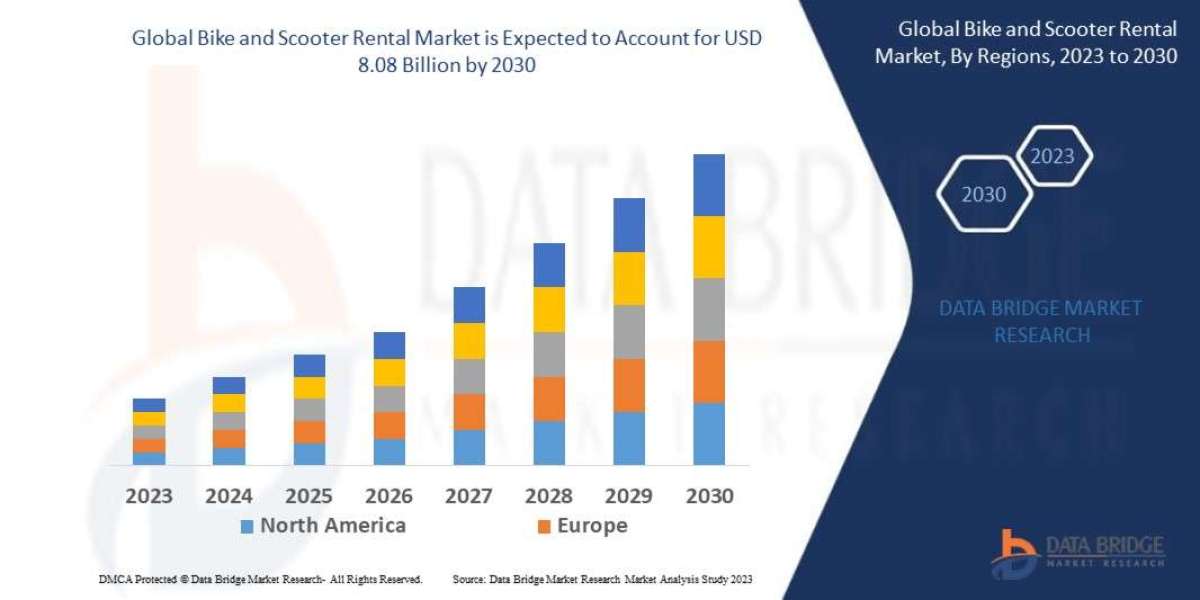? Smart Syringe Pumps Revolutionize Precision Drug Delivery in ICUs and Labs
In the high-stakes environments of intensive care units (ICUs) and scientific laboratories, precision and reliability are not luxuries—they are lifesaving necessities. One of the most transformative innovations enhancing these domains is the smart syringe pump. These intelligent devices are redefining how medications and experimental compounds are administered, offering unparalleled control, automation, and safety.
What Are Smart Syringe Pumps?
Smart syringe pumps are advanced medical devices designed to deliver fluids—such as drugs, nutrients, or other solutions—into a patient’s body or experimental setup with exceptional precision. Unlike traditional syringe pumps, which often require manual calibration and monitoring, smart syringe pumps are equipped with microprocessors, sensors, touchscreens, and connectivity features.
Their integration with hospital and laboratory information systems enables automated dosing, remote monitoring, and adaptive feedback control. This fusion of hardware and software ensures consistent performance, minimizes human error, and improves overall patient or research outcomes.
ICU Applications: Enhancing Patient Safety
In critical care settings, patients often require the continuous infusion of life-sustaining medications such as vasopressors, sedatives, analgesics, and insulin. The slightest deviation in dosing can have dire consequences.
Smart syringe pumps offer features like:
Drug Libraries: Pre-programmed data sets containing drug names, concentrations, and recommended dosage limits help avoid accidental overdosing.
Alarm Systems: Real-time alerts for occlusions, air bubbles, or low battery levels ensure quick response and uninterrupted therapy.
Closed-loop Feedback: Integration with patient monitoring systems allows automatic adjustments based on real-time vitals like heart rate, blood pressure, or oxygen levels.
These capabilities reduce reliance on manual intervention, optimize drug delivery, and enhance patient safety, especially during emergencies when clinicians are stretched thin.
Laboratory Benefits: Precision in Research
In research and pharmaceutical labs, the reproducibility and accuracy of chemical or biological experiments hinge on precise control over fluid administration. Smart syringe pumps shine in this domain as well.
Microfluidic Applications: For research involving minute fluid volumes (in the microliter or nanoliter range), smart pumps ensure uniform and continuous flow.
Programmable Protocols: Scientists can predefine complex flow sequences and gradients, ideal for time-sensitive or multi-phase experiments.
Data Logging: Integrated memory and connectivity features allow detailed tracking of flow rates, timing, and volumes, enhancing transparency and reproducibility.
From cell culture studies to drug discovery protocols, these pumps streamline operations and empower researchers to focus on insights rather than instrumentation.
The Role of AI and IoT
Modern smart syringe pumps are leveraging artificial intelligence (AI) and Internet of Things (IoT) technologies to further enhance performance. AI algorithms can predict patient-specific dosing needs, recommend adjustments, or even prevent interactions between multiple concurrently administered drugs.
IoT capabilities enable:
Remote Monitoring: Clinicians or lab technicians can oversee pump status via tablets or smartphones.
Predictive Maintenance: IoT sensors monitor device health and alert users about potential malfunctions before failure occurs.
Data Integration: Seamless sharing of infusion data with electronic health records (EHRs) or lab data management systems improves decision-making.
These features are not just futuristic add-ons—they are becoming industry standards.
Regulatory and Training Considerations
With enhanced functionality comes the need for rigorous regulation. Agencies like the FDA and CE (Conformité Européenne) have outlined strict guidelines for smart infusion systems. Hospitals and labs must ensure that devices meet these standards and that staff are adequately trained.
Manufacturers are addressing this by including intuitive user interfaces, built-in tutorials, and even augmented reality training modules to reduce the learning curve.
Challenges and the Road Ahead
Despite their advantages, smart syringe pumps do face challenges. High initial costs, integration issues with legacy systems, and cybersecurity concerns are among the top barriers to widespread adoption.
However, with continued innovation, economies of scale, and increasing evidence of clinical and research benefits, these challenges are being steadily overcome. As 5G and edge computing expand in healthcare and lab environments, smart syringe pumps are poised to become the backbone of automated, data-driven drug delivery.
FAQs
1. What makes a syringe pump "smart"?
A smart syringe pump includes microprocessors, software, connectivity, and safety features that enable precise drug delivery, remote monitoring, automated adjustments, and integration with other medical or lab systems.
2. How do smart syringe pumps improve patient safety in ICUs?
They minimize human error by using drug libraries, real-time alarms, and integration with monitoring systems to automatically adjust infusion rates based on patient vitals.
3. Can smart syringe pumps be used in pediatric or neonatal ICUs?
Yes. Many models are specifically designed for neonates or pediatric patients, where ultra-precise micro-dosing is crucial.
4. Are these pumps useful for laboratory research outside of medical use?
Absolutely. They're widely used in microfluidics, chemical analysis, and biotechnology research where precise fluid delivery and reproducibility are essential.
5. What are the common connectivity features in smart syringe pumps?
Features often include Wi-Fi, Bluetooth, USB, and Ethernet ports, enabling integration with EHRs, laboratory information systems, and remote monitoring platforms.



